Filter by

Islets of Langerhans
This book contains critical background information, and recent advances made in essentially all areas of islet research. It is a major reference book, the first of its kind, for islet researchers, and diabetes researchers. Anybody, including the experts, and the beginners, interested in the study of islet physiology, and diabetes, will find this book extremely useful. The book is robust in its …
- Edition
- -
- ISBN/ISSN
- 978-94-007-6685-3
- Collation
- -
- Series Title
- -
- Call Number
- -
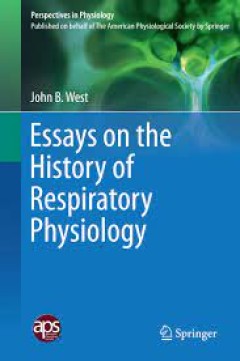
Essays on the History of Respiratory Physiology
This book consists of 23 essays about prominent people and events in the history of respiratory physiology. It provides a first-hand chronicle of the advancements made in respiratory physiology starting with Galen and the beginnings of Western physiology. The volume covers every aspect of the evolution of this important area of knowledge: pulmonary circulation, Boyle’s Law, pulmonary capillar…
- Edition
- -
- ISBN/ISSN
- 978-1-4939-2362-5
- Collation
- 115 b/w illustrations, 14 illustrations in colour
- Series Title
- -
- Call Number
- -
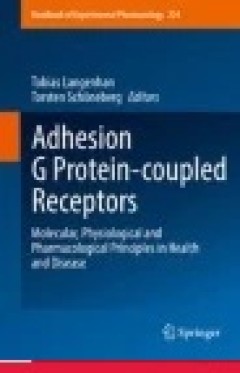
Adhesion G Protein-coupled Receptors: Molecular, Physiological and Pharmacolo…
Latest research on Adhesion GPCRs has unearthed surprising revelations about the events that govern the signal transduction of these receptor molecules and the cellular and organ requirements for these signals. Unexpected and unprecedented findings suggest that Adhesion GPCRs constitute a group of receptors that sense mechanical stimuli and transcode them into metabotropic signals through the a…
- Edition
- Ed. 1
- ISBN/ISSN
- 978-3-319-41523-9
- Collation
- XIV, 403
- Series Title
- Handbook of Experimental Pharmacology
- Call Number
- 615 ADH a
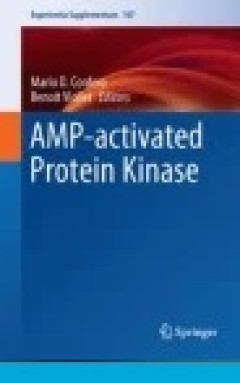
AMP-activated Protein Kinase
AMPK has emerged as an important integrator of signals that control energy balance through the regulation of multiple biochemical pathways in eukaryotes. This book focuses on the implications of AMPK as a master metabolic regulator in diseases, including new methods and animal models. The contributions are written by leading experts in the field and give an extensive overview of the current …
- Edition
- Ed. 1
- ISBN/ISSN
- 978-3-319-43589-3
- Collation
- X, 523
- Series Title
- Experientia Supplementum
- Call Number
- 612 AMP a

Environmental Influences on the Immune System
This book brings together articles on the overarching theme of how the environment shapes the immune system. The immune system is commonly assumed to respond to harmful pathogens such as bacteria and viruses. However, harmless bacteria, chemicals, stress, normal food and other factors can also trigger, shape or interfere with the immune system, often producing adverse effects. Yet, it is als…
- Edition
- -
- ISBN/ISSN
- 978-3-7091-1890-0
- Collation
- 17 b/w illustrations, 7 illustrations in colour
- Series Title
- -
- Call Number
- -
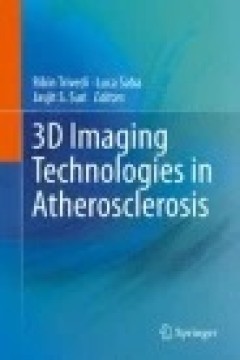
3D Imaging Technologies in Atherosclerosis
Atherosclerosis represents the leading cause of mortality and morbidity in the world. Two of the most common, severe, diseases that may occur, acute myocardial infarction and stroke, have their pathogenesis in the atherosclerosis that may affect the coronary arteries as well as the carotid/intra-cranial vessels. Therefore, in the past there was an extensive research in identifying pre-clinical …
- Edition
- -
- ISBN/ISSN
- 978-1-4899-7618-5
- Collation
- -
- Series Title
- -
- Call Number
- 612 THR t
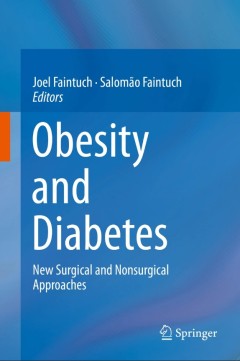
Obesity and Diabetes
This timely and clinically oriented book uniquely addresses the entire spectrum of treatment for severe obesity and diabetes. It thoroughly examines all aspects from robotic surgery to cell therapy, from the latest antidiabetic drugs to endoscopic procedures and devices, from appetite-inhibiting signals and nutrients to gastric arterial embolization. It offers objective and authoritative inform…
- Edition
- 1
- ISBN/ISSN
- 978-3-319-36101-7
- Collation
- X, 282
- Series Title
- -
- Call Number
- -
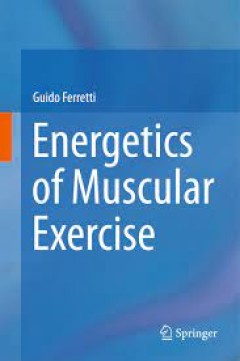
Energetics of Muscular Exercise
This book discusses the maximal power and capacity of the three major biochemical pathways - aerobic (oxygen consumption), anaerobic lactic (muscle lactate accumulation in absence of oxygen consumption), and anaerobic alactic (phosphocreatine hydrolysis) metabolism - as well as the factors that limit them. It also discusses the metabolic and cardio-pulmonary mechanisms of the dynamic response…
- Edition
- -
- ISBN/ISSN
- 978-3-319-05636-4
- Collation
- 27 b/w illustrations, 20 illustrations in colour
- Series Title
- -
- Call Number
- -
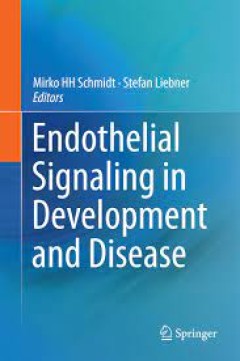
Endothelial Signaling in Development and Disease
This book surveys healthy and diseased vascular systems in a multitude of model organisms and systems. It explores a plethora of functions, characteristics, and pathologies of the vascular system such as angiogenesis, fibroblast growth factor signaling, lymphangiogenesis, junctional signaling, the extracellular matrix, vascular permeability, leukocyte extravasation, axon guidance factors, the a…
- Edition
- -
- ISBN/ISSN
- 978-1-4939-2907-8
- Collation
- 1 b/w illustrations, 48 illustrations in colour
- Series Title
- -
- Call Number
- -
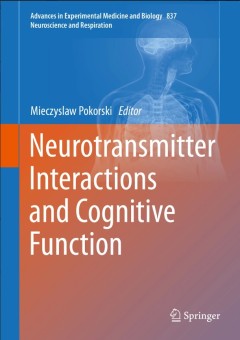
Neurotransmitter Interactions and Cognitive Function
A host of neurotransmitters and neuroactive substances underlies respiratory regulation in health and disease. The centerpiece of investigations regarding adaptation to hypoxia and sensorial perception has been the dopaminergic system. It is now clear that a complex interaction among various neuroactive substances, rather than a single one, forms the basis of respiratory changes. The research o…
- Edition
- 1
- ISBN/ISSN
- 978-3-319-10005-0
- Collation
- IX, 67
- Series Title
- Advances in Experimental Medicine and Biology
- Call Number
- -
 Computer Science, Information & General Works
Computer Science, Information & General Works  Philosophy & Psychology
Philosophy & Psychology  Religion
Religion  Social Sciences
Social Sciences  Language
Language  Pure Science
Pure Science  Applied Sciences
Applied Sciences  Art & Recreation
Art & Recreation  Literature
Literature  History & Geography
History & Geography